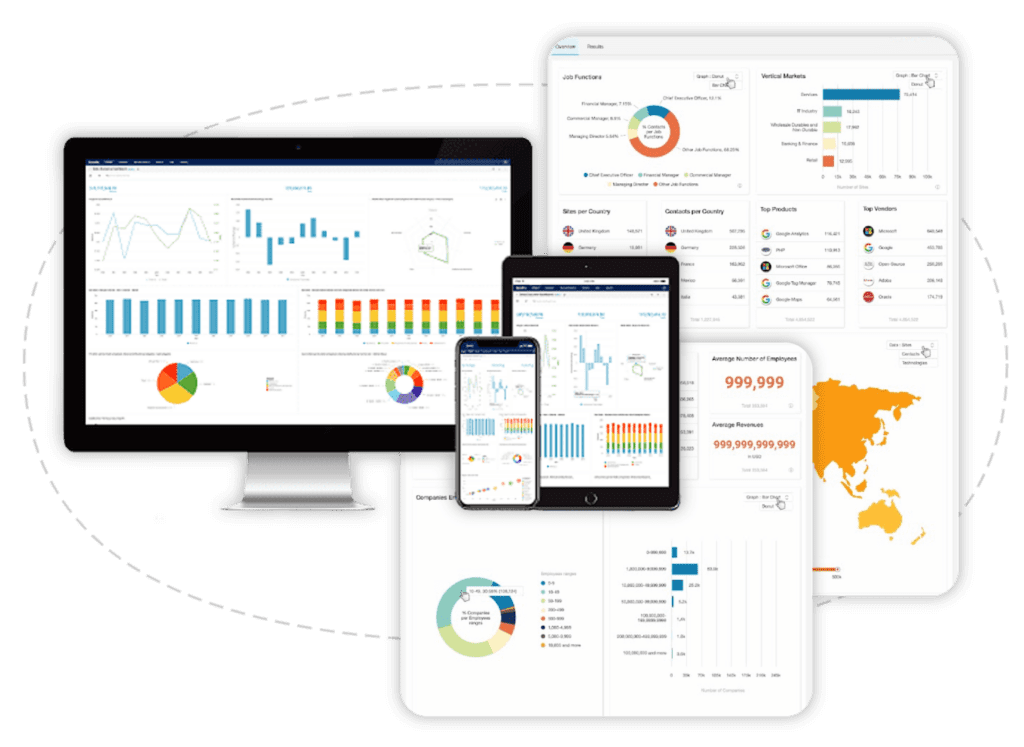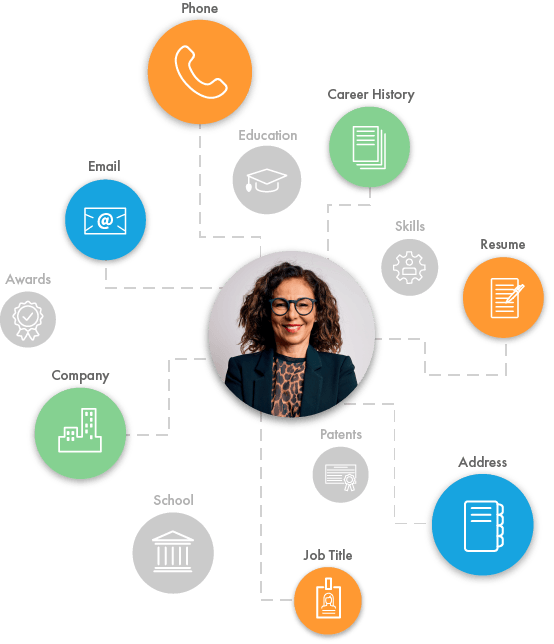A CNC machine can do lots of things for you aside from make parts for your machinery. For example, torkcnc.com/ it can help you conserve time on materials, and/or labor by minimizing the number of mistakes that you need to make in cutting and also constructing your parts. This might not appear like much of a benefit, but believe me, over the life of your machine, these little financial savings will accumulate! So, is a CNC machine a excellent investment? The solution is definitely yes!
If you have been checking out CNC devices and also are still undecided regarding getting one, remember that they are relatively low-cost when compared to machining devices that call for numerous costly parts to work. For example, a turret alone can face the hundreds, while various other devices might require loads of costly fixed items to run. A solitary machine can be purchased to deal with any type of job, as well as deal with numerous jobs at the same time. This is one reason CNC devices have ended up being progressively prominent worldwide of woodworking since their capacity to do numerous jobs and also numerous pieces of work at the same time is a big time and also expense saver.
When checking out buying CNC equipment, keep in mind that you don’t intend to buy the very first machine that you stumble across. Rather, spend plenty of time browsing online sources to discover the very best bargains on the marketplace. Additionally, get in touch with local leisure activity shops to see if they have made use of machinery that you can get to start. Often times, these devices are as good as new, but you just won’t have the ability to pay the rate of a new machine. As soon as you have located the very best rate for the machine(s) that you require, then you ought to always search for the best possible rate on a new machine.
Something that people frequently examine is the moment investment required for CNC machine setups. Usually, this is a extremely marginal amount of time. Nonetheless, if you intend to cut down on the overall expense of the job, you can always work with a 2nd individual who will deal with the repeated machine parts for you. This will still be more economical than hiring a full time CNC driver, but it might still be a excellent idea to take into consideration depending on your offered time. If you are just starting out, a much less complex configuration will be easiest for you.
Among one of the most common mistaken beliefs regarding CNC devices is that they are just for professionals. While it holds true that you will call for a high level of experience before you have the ability to run this sort of machine, anybody can learn exactly how to do it. It does not matter how much you have been operating in the sector or what sort of making you presently do. The basic devices needed are a desktop computer, a program (CNC software application), the equipment parts and also some sort of non-durable plastic or glass job. With a couple of easy steps, torkcnc.com/products/ss-510-cnc-machine you can start your very own machine today.
So, is a CNC machine a excellent investment? In many cases, yes. If you have adequate cash to purchase one of these devices, it might wind up being one of your ideal financial investments ever before. Nonetheless, before buying it, you ought to be sure that you know exactly what you require, for how long you want to use it and also how much you want to spend.



